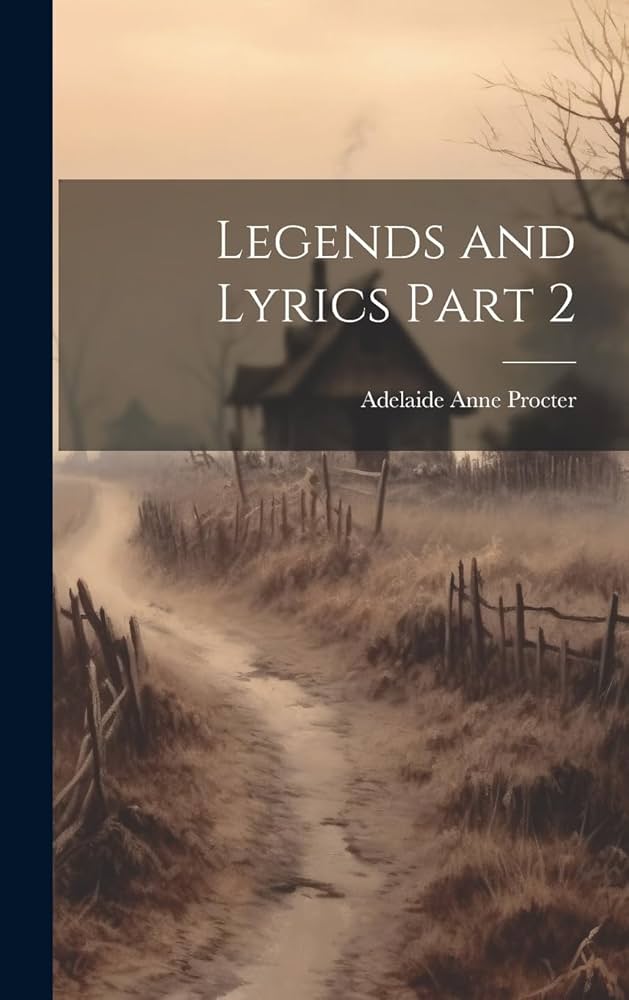VERSE: The Story of the Faithful Soul
byThe Story of the Faithful Soul begins with a legend born from sacred lore, where unseen worlds intertwine with lingering human emotion. It follows a spirit caught not by sin, but by sorrow—hovering between salvation and memory. During the holy time known as Our Lady’s Peace, most spirits bask in a gentle reprieve, released briefly from their pain. Yet one cry echoes louder than the rest, piercing the stillness of the blessed pause. This cry belongs to a soul unable to surrender to peace, tethered not by guilt, but by the aching pull of a love left incomplete. That grief, deeper than punishment, becomes the spirit’s true torment.
In life, this soul had been promised joy, a union sealed by love and expectation. But death, indifferent and sudden, severed that bond on the eve of its fulfillment. The one left behind, cast into mourning, suffered with such depth that it resonated beyond mortal reach. The spirit, though freed from flesh, remained tied to the emotional weight of the beloved’s despair. Even in purgatory, where sins are purged, the pain of unfinished love clung tightly. It wasn’t punishment that kept this spirit from rest—it was devotion. The soul’s torment was love remembered, not misdeeds committed.
Archangel Michael, moved by the sorrow, presented an unusual mercy. The spirit was offered a chance to return—not to reclaim a life, but to provide comfort where suffering lingered. This was not resurrection, but a divine allowance to ease the burden of the living. The mission was simple: to be seen, to be felt, to be understood—so the grieving might begin to heal. In granting this, heaven acknowledged that sometimes, peace cannot be reached until love is honored fully. The spirit’s journey wasn’t about release for itself, but for the one left broken. A final act of care became the path to mutual healing.
Upon return, the spirit took no form that could disrupt the natural order. It came as a feeling, a soft breeze through a window left ajar, a sudden warmth in a cold room. The grieving partner, still immersed in sorrow, was touched by this invisible grace. Though no words were spoken, understanding bloomed—a connection that defied death. In that moment, the living heart loosened its grip on grief, allowing hope to flicker once again. Closure did not come in the form of answers, but in presence. And for the spirit, that silent exchange was enough to fulfill its sacred purpose.
What remains powerful in this story is its portrayal of love as something uncontainable, extending beyond flesh and time. While faith speaks often of eternity, it rarely addresses how emotion can persist in realms beyond comprehension. This tale dares to imagine that love, when pure and unresolved, can move even divine forces into compassionate action. It suggests that some promises, though interrupted by death, still yearn to be honored. The journey of this faithful soul becomes a lesson—not just in grief, but in hope. It teaches that even separation need not be final if compassion is allowed to guide the heart.
This legend also invites reflection on the bonds we carry, both visible and invisible. The pain of loss does not fade easily, and healing often arrives in the form of subtle, sacred moments. In giving the spirit a final task rooted in love, the divine acknowledges the legitimacy of unfinished emotional ties. This is not just a story of death, but of recognition—of how deeply our connections matter, and how the universe responds when they’re honored. Through this, the tale elevates love as a force that not only survives death, but also brings redemption. The faithful soul, once burdened by sorrow, is ultimately freed through an act of selfless compassion.
In the end, both spirit and mourner are changed. The weight of sadness no longer suffocates, and the soul, having completed its final promise, is granted lasting peace. Readers are reminded that love, even when halted by fate, retains a power beyond measure. The story offers not just comfort for the grieving, but reassurance that love—true, enduring love—is never lost. It lingers in the quiet, it waits in the light, and sometimes, it reaches back one last time to say: “You were never alone.”

